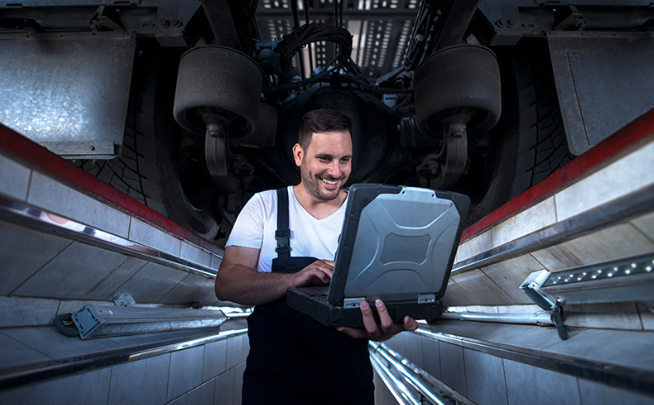Not all generators are made equal when it comes to large-scale power generation. Different requirements, conditions, and legal requirements are considered when designing industrial and marine generators. Everything from design criteria to the actual replacement parts needed for maintenance or repair is greatly impacted by this engineering distinction. Ignoring these distinctions might result in needless expenses, safety hazards, and early malfunctions.
Environmental Engineering
One of the significant differences between a marine and industrial generator is the environment in which each operates. Marine generators are built to withstand continuous exposure to corrosive saltwater, high humidity, and constant vibrations due to vessel movement. These conditions require components with superior corrosion resistance—typically involving stainless steel fasteners, coated circuit boards, and moisture-resistant insulation.
On the other hand, industrial generators are generally used in land-based environments such as factories, construction sites, and power plants. While they may face heat, dust, or chemical exposure, they do not require the same degree of saltwater protection. The result is that industrial generators can use a broader range of conventional materials and are often more accessible when servicing.
Due to these engineering contrasts, using parts meant for an industrial generator in a marine generator can cause accelerated wear, compromised safety, and voided warranties. This instance is why sourcing authentic replacement parts tailored to the unit’s intended environment is non-negotiable.
Cooling Systems and Ventilation Differences
Marine generators are commonly installed in enclosed, often poorly ventilated engine rooms aboard ships. These confined spaces necessitate a closed-loop cooling system, usually seawater-based, which includes heat exchangers to transfer thermal energy without directly using seawater in the generator block. This system design helps prevent internal corrosion and thermal overload.
By contrast, most industrial generators rely on air-cooled or radiator-based cooling systems. These systems are easier to maintain in open or semi-enclosed environments typical of land operations. They also tend to have more space for heat dissipation, reducing the need for specialised cooling components.
This variance directly impacts the type of authentic replacement parts needed. For example, a cooling pump built for an industrial generator may not survive marine application’s saline corrosion or compact layout. In short, cross-application use of cooling components is ill-advised.
Regulatory Compliance and Safety Engineering
Marine generators must comply with maritime safety standards set by regulatory bodies such as the International Maritime Organization (IMO), American Bureau of Shipping (ABS), or DNV. These standards dictate everything from exhaust emissions and fireproofing to electrical insulation and noise control.
Industrial generators, while subject to national and local safety regulations, do not need to meet the same maritime-specific certifications. This means the internal configuration, control panels, insulation materials, and exhaust systems in marine generators are built under tighter constraints.
Using non-certified components or generic parts not compliant with marine regulations can risk system failure and result in heavy fines or vessel detention during inspections. This further underlines the critical need for genuine replacement parts—especially in marine contexts.
Power Output Profiles and Load Handling
Marine generators are typically designed to handle continuous base loads, supporting navigation equipment, engine systems, and onboard electronics 24/7. Industrial generators, however, are often built for peak load response or emergency backup. As a result, their load-handling mechanisms differ significantly.
Marine systems require consistent voltage regulation and are often synchronised with multiple power sources. This system demands precise control circuitry, automatic voltage regulators, and load-balancing hardware. Parts from an industrial generator, which may be optimised for intermittent or variable loads, won’t offer the same precision or durability. Matching the generator’s load-handling profile with the correct replacement parts engineered to manage those specific demands is necessary for performance and safety.
Conclusion
The operational context of a generator determines its engineering, and that engineering dictates what parts are compatible for maintenance and repair. Although they both produce electricity, marine and industrial generators are made to withstand completely different stresses. Whether you’re a ship operator or a facility manager, always prioritise authentic replacement parts specific to the generator type. The right part isn’t just a perfect fit—it’s engineered for safety, efficiency, and long-term reliability.
Contact Rehlko for replacement parts engineered for performance, compliance, and longevity.

